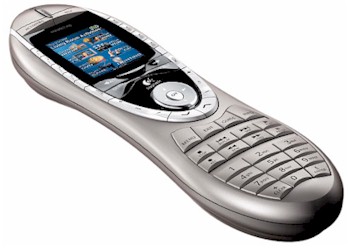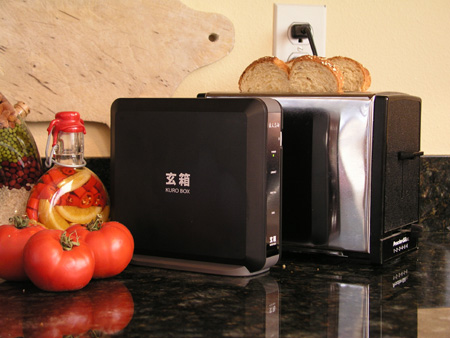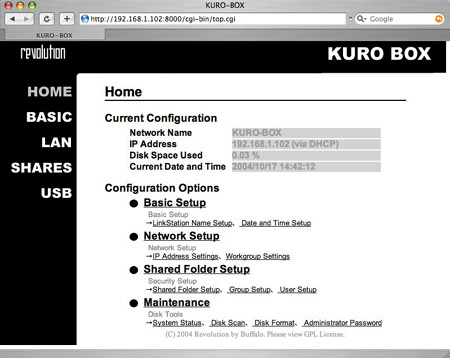Introduction

The world of home automation offers several options for consolidating control of your electronic entertainment devices to one remote. Thanks to Z-Wave technology, Logitech is able to offer a total environment solution by way of the Harmony 890 Advanced Universal Remote.
The Harmony 890 offers both infrared (IR) and radio frequency (RF) control, giving this remote the capability to communicate throughout the home. As a same-room remote, the IR feature is combined with an exhaustive product database consisting of over 5000 manufacturers and 175,000 products, which gives the 890 its compatibility.
As a long distance remote the RF feature provides a range of 100 feet, but when combined with Z-Wave’s ability to relay a command from module to module, its range is as great as the number of Z-Wave devices in your home.
Though the product packaging and promotional material mentions Z-wave compatibility, Logitech does not produce Z-Wave modules. It is the lighting and appliance modules that take advantage of the RF feature. To illustrate the potential of the Harmony 890 in a Z-Wave environment I used a pair of Intermatic HA03 dimmer switch modules and one HA02 appliance module.

Figure 1: The Harmony 890 with RF Controller
First, I pulled together the least expensive devices I had in the house. Then I considered the most likely time I would maximize the remote’s full capability. In our house, that would be late in the evening when my nine-year-old is in bed and it is my time to watch a DVD.
The scenario begins with my son wanting to go into the dark, cold basement after dinner to play video games. This often requires that one of the parents stop what they are doing and escort him downstairs long enough to turn on the light and heater. The scenario ends with my wanting to turn off the heater and light in the basement and turn on the TV and DVD player from my couch in the upstairs family room after he is asleep.
The next step was to place the HA02 appliance module (Figure 2) in the downstairs propane heater (which is separate from the main heating system) and the HA03 dimmer module (Figure 3) on the incandescent lamps in the basement and family room.

Figure 2: Stand-alone propane heater connected to a Model HA02
It should be noted that fluorescent lamps do not dim and therefore would require the straight on/off function of an appliance module. (This is an important consideration when automating a utility area like a basement or garage.)

Figure 3: Lamp connected to the HA03
Note the difficult-to-reach area making a remote control a necessity.
Configuring the Remote
Despite the capacity of the CD-ROM that comes with the remote the total list of products that the 890 supports is ever-growing. Plus, Logitech is constantly improving the operating system of the remote control itself. Therefore, the first order of business is to upgrade the hardware and refresh the product list. For that, a computer and active Internet connection is required.
You can start by setting up a user account directly with Logitech’s web site, followed by a firmware upgrade and other updates. While I fully expected the upgrade, the next screen showed me just how unprepared I was.
I was asked to add all my Z-Wave modules to the remote, which of course were scattered all over the house. The rest of the process went very much the same way and I had to re-log into my account three times.
From this experience, I learned the following:
- Focus. Allow two or three hours of uninterrupted time. Errors are easily made by losing track of where you are in the install/configuration process and just as easily avoided by staying focused.
- Don’t walk away. You will have to download updates and if you leave to do something else and there is no activity, you run the risk of timing out; leaving you with the pain of having to start over.
- Have a computer nearby. It’s not required, but having a computer near the location where the remote will be used is very handy. There will be a little back-and-forth between the computer and entertainment area.
- Be sure your Z-Wave devices are working before you begin. At a point early in the process, you will need to add the Z-Wave devices to the remote. If you have to stop to troubleshoot a device, you might derail the installation.
- Have all the Z-Wave devices (modules) nearby. Once you have determined that the Z-Wave modules are functioning correctly in their capacity as on-off switches, collect them and have them all with you. Running around the house to add them to the remote may result in enough delay that your login times out.
- Have all the device remotes nearby. Your Harmony remote will need to learn the signals of your other device remotes so as to speak their language and take over for each of them as the primary controller.
- Gather all the model numbers from all the entertainment devices (TV, VCR, etc.) you are likely to ever want on the remote control list. If you go seeking a number in the middle of the configuration process, you run the risk of timing out. The install program comes with a worksheet, but that does not appear until you have started the process. You don’t need a worksheet, just a sheet of paper that says “manufacturer” and “model number.”
- Don’t compromise in the selecting a model from the device list. When selecting the type of entertainment devices you have (TV, DVD, stereo, etc.), pick the “More” link to see all the choices even if you believe you found what you are looking for. (I have a single DVD/VHS combo player and selected both DVD and VHS players. After realizing my mistake, I expanded the selection to not only find my device but discovered several other device types that never occurred to me.)
- Do not jump ahead. The one thing that is not made clear enough in the documentation is how the installation process must be completed all the way to the end at least once. At a couple of points, I thought I was close enough to test what I had. That’s how you lose what you have.
- Place the receiver on the floor first. The IR receiver that allows for the same-room communication will have to eventually be installed in an out-of-the-way place. It is not required and probably not a good idea to spend time tucking away this component until you have determined that everything works.
If there was a way to trip up the process and get my connection to time out, I found it, much of which could have been avoided by following the first tip. Focus. Despite all the restarts I brought upon myself, the Harmony 890 remote worked on the first try. Your results may vary, but Logitech provided me with the most forgiving installation program I have ever used.
The next day I tested it. When my son requested his routine escort down stairs I directed him to the nearby Harmony remote and instructed him to press “Activities” on the top of the control then “RF Control” followed by “Play Time/Game Time” on the screen. The glow of the light below glided up the stairwell and the distinctive “click” of the propane heater was felt on the hardwood floor.
The final test came late that evening when it was time to sink into the couch. I pressed the “Watch DVD” button and the TV turned on to the right channel and the DVD/VHS combo player not only turned on but also toggled over to “DVD.” As I placed the disk into the player I was able to shut off both the heater and light in the basement without leaving the family room.
Once the DVD was ready to play I adjusted the light level in the room by way of the second HA03 I had installed near the couch. As a bonus, I learned that the Harmony remote has a very responsive up and down dimmer switch that is better than any others I have tried. It all comes with pre-installed Z-Wave scenarios like “All On”, “All Off”, and “Dim 50%.”
Conclusion
As good as this universal remote is for entertainment devices, its value as a modest investment in home automation could be dramatically illustrated by the installation of just a few lighting and appliance modules. Combined with Z-Wave products, the Harmony 890 brings the whole world of automation and control possibilities to the part of the home that everyone understands. From there, the only limitation is the imagination of the user.
